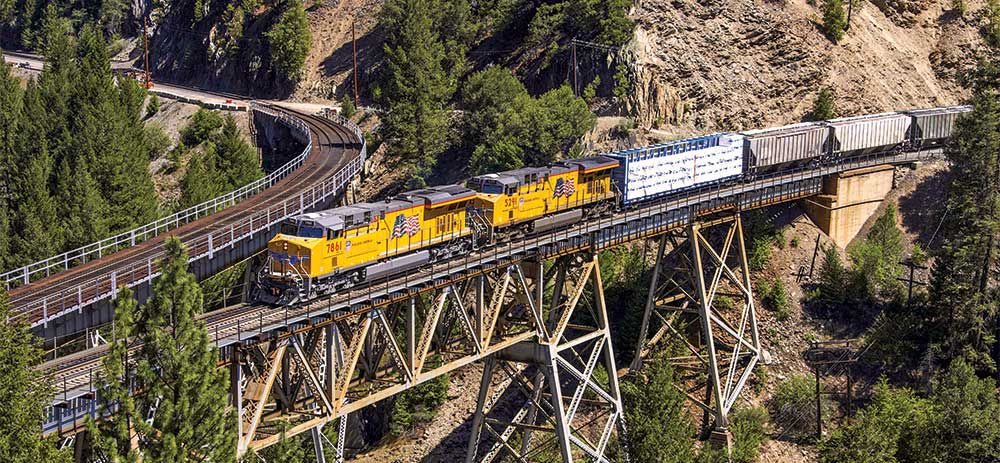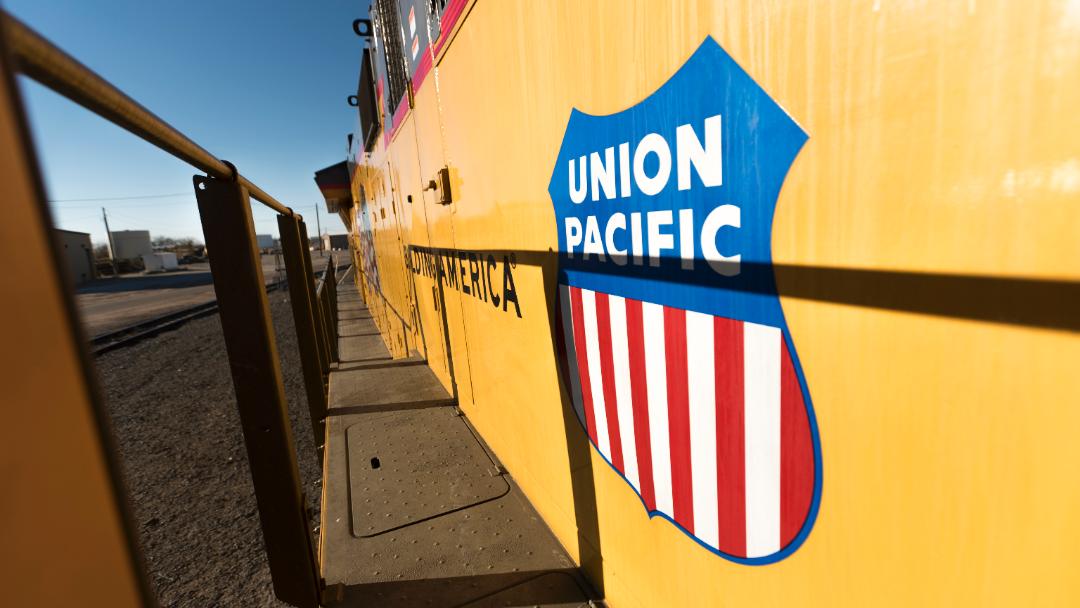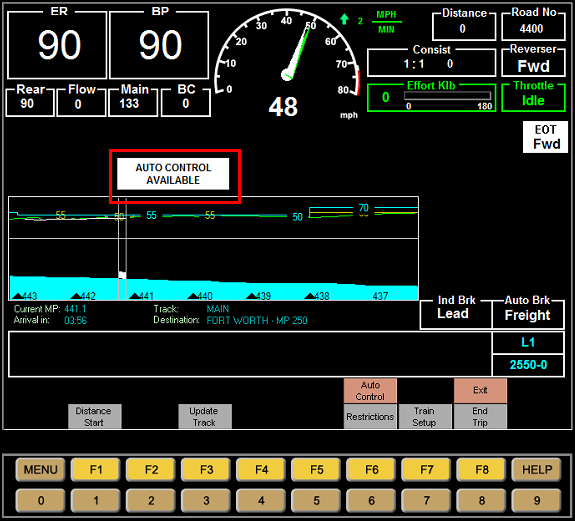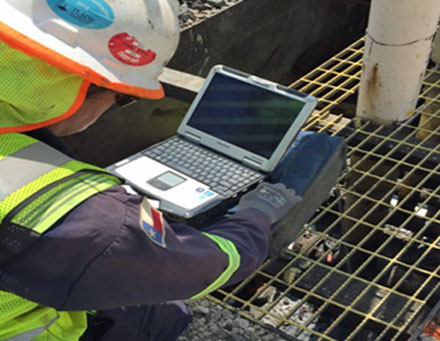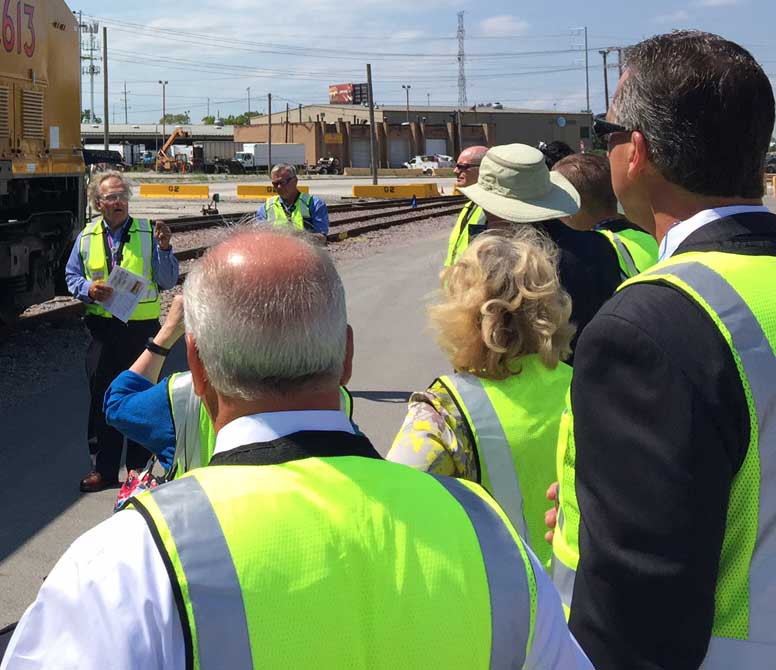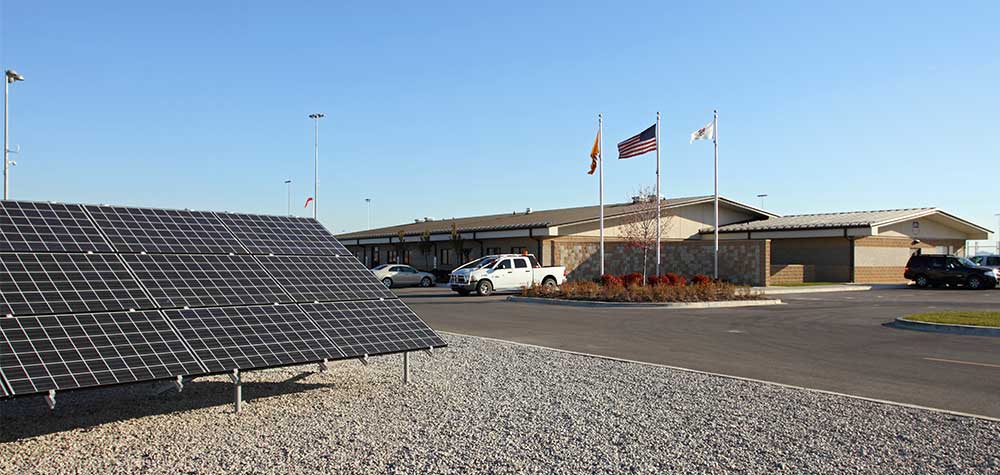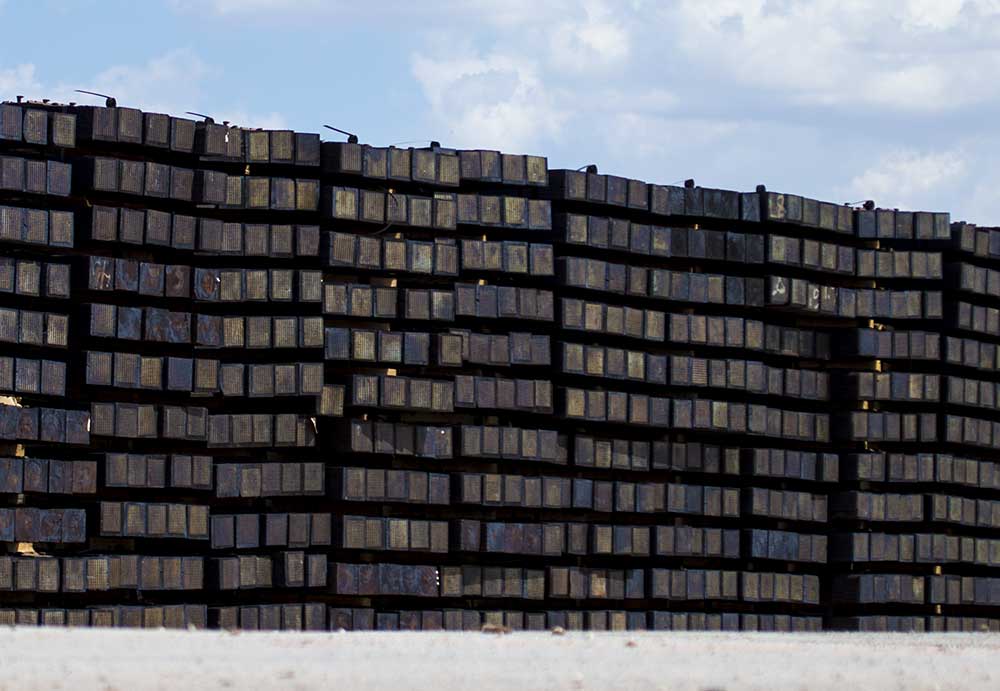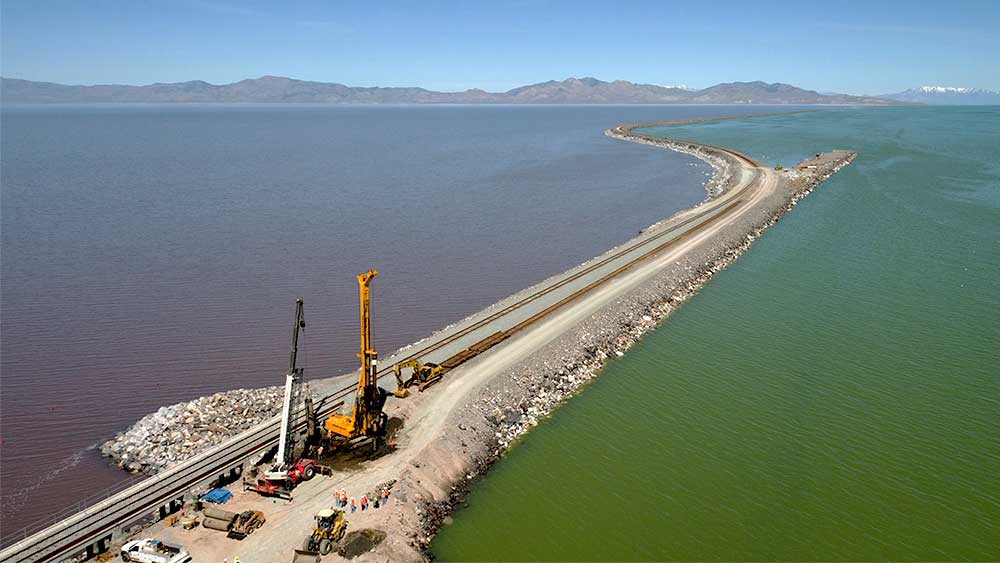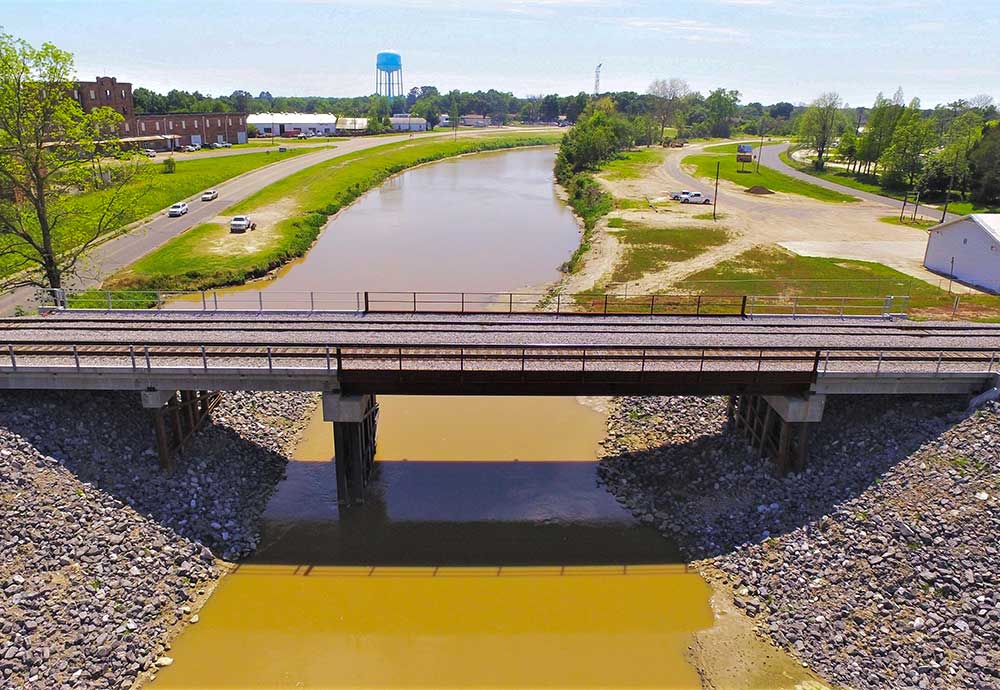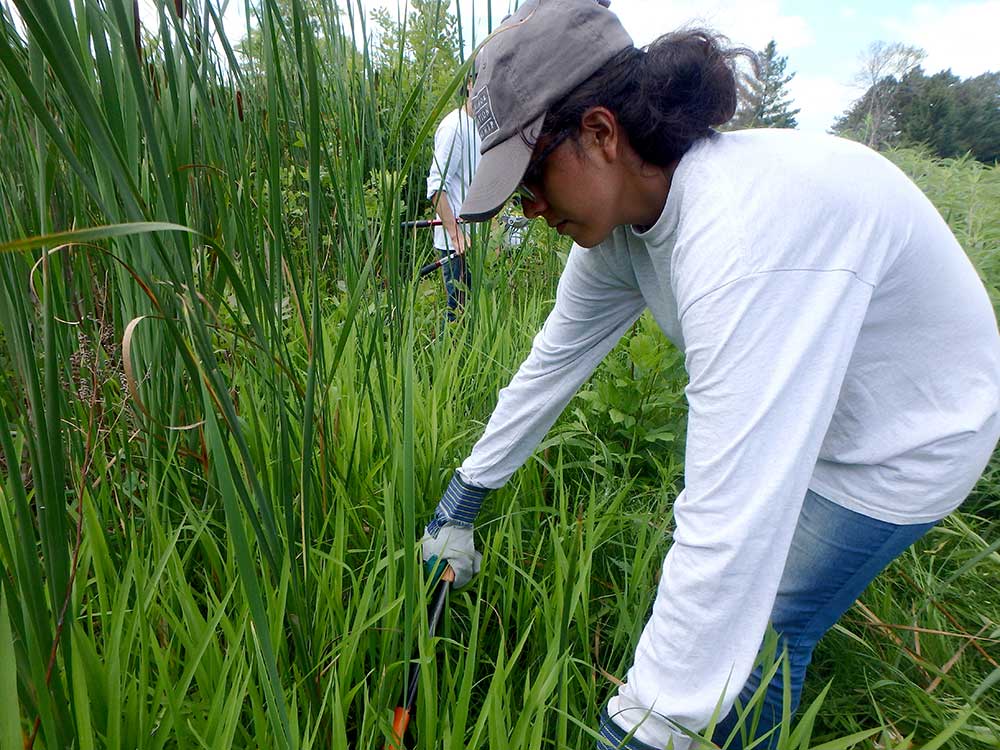Highlights, Challenges and Opportunities
Freight trains are four times more fuel efficient than trucks on a ton-mile basis. On average, Union Pacific moved a ton of freight 452 miles on a gallon of diesel fuel in 2016, compared to long-haul trucks which move a ton of freight approximately 134 miles on a gallon of diesel fuel.
Union Pacific again earned an "A" rating on the Carbon Disclosure Project's (CDP) Climate Change Survey and inclusion on CDP's S&P Climate Disclosure Leadership Index in 2016. Leadership status recognizes companies demonstrating best practices, leadership efforts and understanding climate change risks and opportunities. We are proud of our achievements, resulting from the eighth consecutive year of submitting climate change data to CDP.

